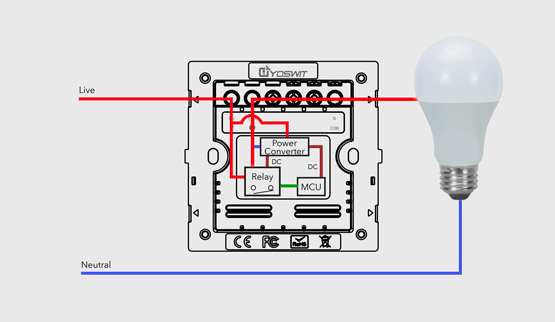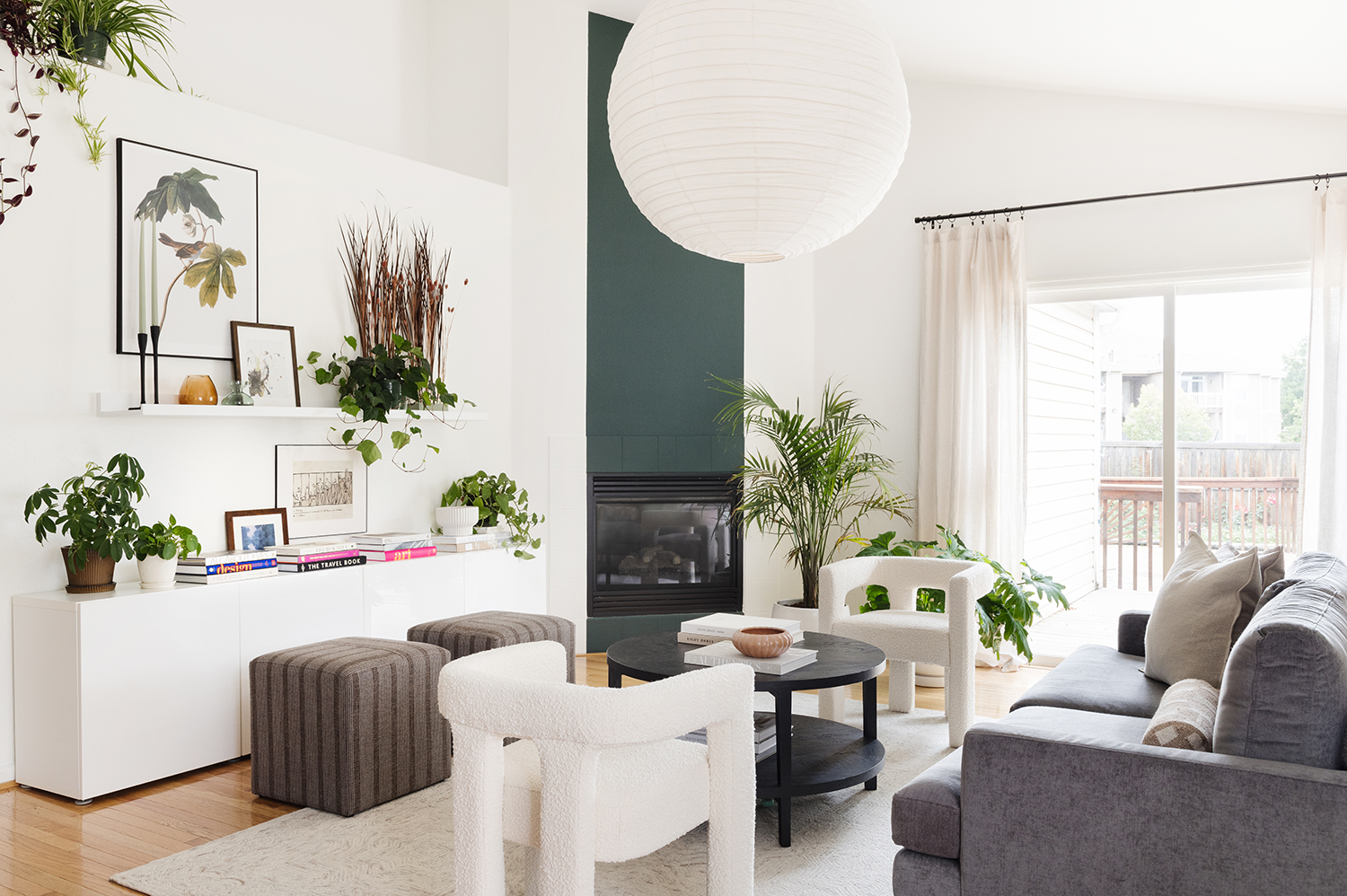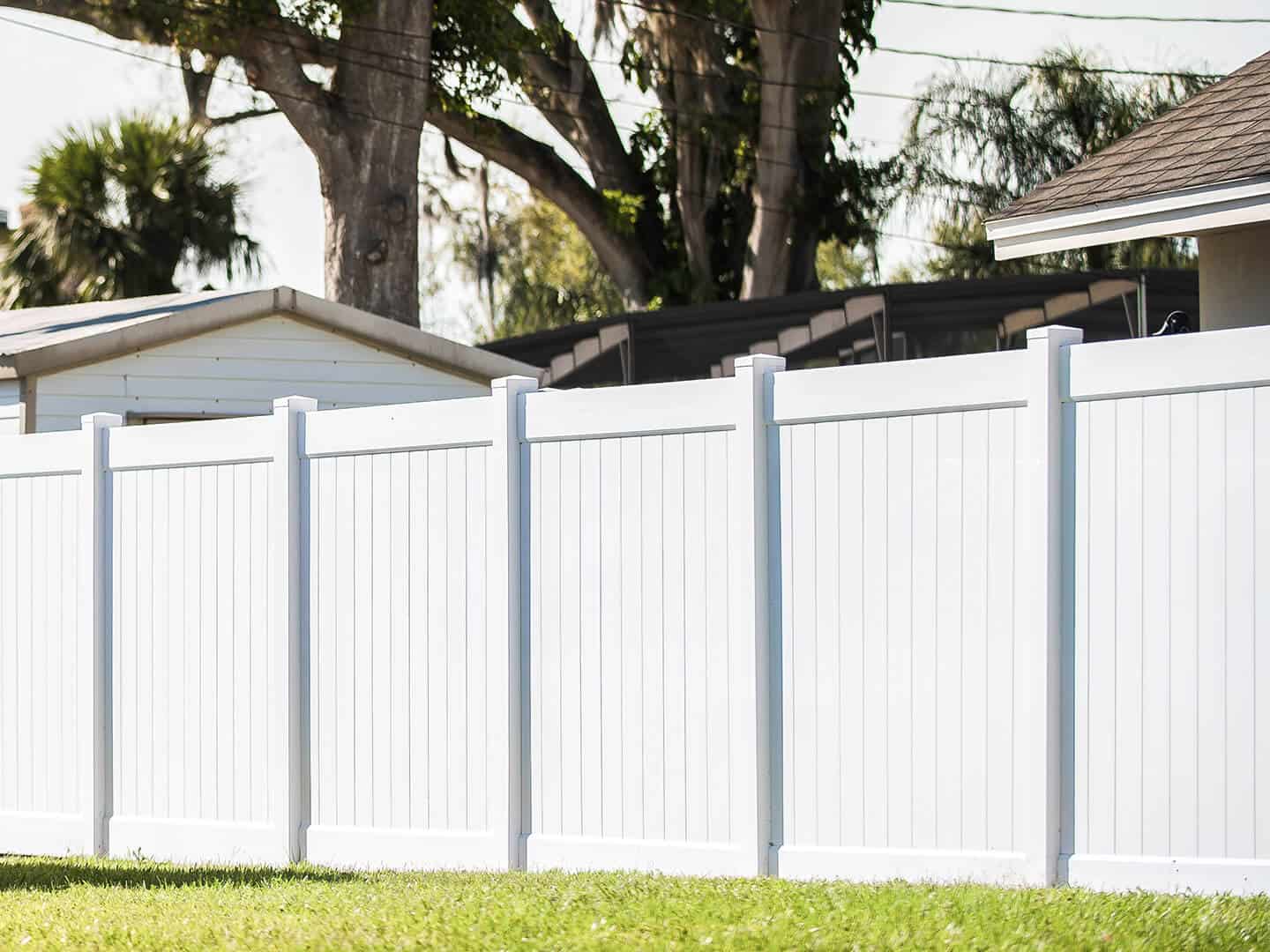How to Wire Smart Lighting in Your Home
How to Wire Smart Lighting in Your Home smart lighting is not just a luxury anymore—it’s a transformative way to enhance the ambiance of your home, improve energy efficiency, and simplify your daily routines. With the advent of technology, home smart lighting wiring has become more accessible and user-friendly, allowing homeowners to customize their lighting to fit their needs perfectly. Whether you’re aiming to brighten up your space, create the perfect mood for a movie night, or reduce energy consumption, installing smart lights can make all the difference. But how exactly do you wire smart lighting in your home?
In this guide, we’ll explore the ins and outs of home smart lighting wiring, taking you through the essential steps to help you get your smart lighting system set up and running smoothly. From understanding the basics of smart bulbs and switches to the step-by-step process of wiring, you’ll have all the information you need to create a well-lit, tech-savvy home.
Understanding Smart Lighting Systems
Before diving into the specifics of home smart lighting wiring, it’s important to understand what smart lighting is and how it works. At its core, smart lighting allows you to control your lights remotely through an app on your smartphone, tablet, or even through voice commands using a smart speaker.

Types of Smart Lighting
There are several types of smart lighting systems, each with its own set of features and installation requirements:
- Smart Bulbs: These are bulbs that can connect to your Wi-Fi or Bluetooth, allowing you to control them with a mobile app or voice commands. Smart bulbs offer varying levels of customization, such as color changing, brightness control, and automated scheduling.
- Smart Switches: Unlike smart bulbs, smart switches control the power supply to your lights. By replacing your regular light switch with a smart switch, you can control your lighting remotely, set schedules, or integrate with home automation systems.
- Smart Plugs: These plugs work similarly to smart bulbs but are used for lamps and other plug-in lighting. They are a quick and easy way to add smart functionality to any standard light without replacing the bulb.
- Smart Dimmers: For those who like to adjust the ambiance based on the occasion, smart dimmers are the perfect option. These devices allow you to control the brightness of your lighting via an app or voice command.
Components of a Smart Lighting System
The key components of a smart lighting system include:
- Smart Light Bulbs: The heart of the system, these bulbs can be controlled remotely and are often energy-efficient LEDs.
- Smart Hub: For systems like Zigbee or Z-Wave, you’ll need a hub that connects the lights to your home network.
- Smart Switches or Dimmers: For more control, you can install smart switches that replace traditional light switches.
- App or Voice Assistant: This is the interface through which you control your lights. Popular apps include those from brands like Philips Hue, LIFX, and TP-Link, or you can use voice assistants like Alexa or Google Assistant.
Benefits of Smart Lighting
Smart lighting offers numerous advantages, including:
- Convenience: Control your lights from anywhere using an app or voice commands.
- Energy Efficiency: Many smart lights are LED-based, offering long-lasting and energy-efficient performance.
- Automation: Set schedules or trigger actions based on certain conditions, like motion detection or the time of day.
- Customization: Adjust brightness, colors, and even create lighting “scenes” for different moods or activities.
Now that we’ve established what smart lighting is and how it works, let’s dive into the process of home smart lighting wiring.
Step-by-Step Guide to Wiring Smart Lighting
Step 1: Assess Your Current Lighting Setup
Before you start, it’s essential to take a look at your existing lighting setup. Do you have traditional bulbs and switches that need replacing, or are you simply adding smart features to an existing system? This assessment will help you determine the type of smart lighting devices you need.
If you’re simply replacing traditional bulbs with smart light bulbs, then the wiring process is relatively simple. However, if you’re installing smart switches or dimmers, you’ll need to consider the wiring and the compatibility with your current electrical system.
Step 2: Choose the Right Smart Lighting System
The next step is to decide on the type of smart lighting system that works best for your home. You’ll need to choose between Wi-Fi, Bluetooth, or Zigbee/Z-Wave-based smart lighting systems.
- Wi-Fi Smart Bulbs: These bulbs connect directly to your home’s Wi-Fi network, making installation relatively easy. Brands like Philips Hue and LIFX offer a variety of Wi-Fi-enabled smart bulbs.
- Zigbee/Z-Wave Smart Bulbs: These bulbs require a smart hub to connect to your home’s network. They use low-energy protocols, which is ideal for larger homes with multiple smart devices.
- Smart Switches: If you want to control your smart lighting from a traditional switch, smart switches are a great option. They can be installed in place of your existing light switches and allow you to control your lights remotely.
Step 3: Gather the Tools and Equipment
For the home smart lighting wiring process, you will need the following tools and materials:
- Smart Light Bulbs: Choose the bulbs that match the lighting needs of each room.
- Smart Switches/Dimmers: If replacing switches, make sure they’re compatible with your system.
- Wire Strippers and Pliers: Used for stripping and securing wires.
- Screwdrivers: For removing and installing light switches or light fixtures.
- Voltage Tester: To ensure the circuit is off before working with electrical wiring.
- Electrical Tape: Used for securing wire connections.
- Smart Hub: If required by your system, a smart hub is needed for Zigbee or Z-Wave-based systems.
Step 4: Turn Off the Power
Safety first! Before starting the home smart lighting wiring process, ensure the power is completely turned off. This is crucial to avoid any electrical accidents. Go to your circuit breaker and switch off the power to the area where you’ll be working.
Step 5: Install the Smart Bulbs
For many people, the most straightforward approach is to replace existing bulbs with smart light bulbs. Here’s how to do it:
- Remove the existing light bulb from the fixture.
- Screw in the smart light bulb. Ensure the bulb is compatible with your fixture.
- Power on the light and follow the manufacturer’s instructions to connect the bulb to your Wi-Fi or Bluetooth network.
Once connected, you should be able to control the bulb via an app or voice assistant.
Step 6: Replace Traditional Switches with Smart Switches (Optional)
If you’d like more control over your smart lighting setup, consider replacing traditional light switches with smart switches. Here’s how to replace your existing switch:
- Remove the old light switch cover plate and unscrew the switch.
- Disconnect the wires from the old switch.
- Connect the smart switch to the corresponding wires: live (hot), neutral, and ground.
- Secure the switch in place and reattach the cover plate.
- Turn the power back on and pair the smart switch with your app or hub.
It’s important to note that not all homes are wired the same, and older homes may have different wiring configurations that may require professional help.
Step 7: Connect Your Smart Lighting to the Network
With your home smart lighting wiring complete, it’s time to connect everything to your home network. If you’re using Wi-Fi smart bulbs, simply follow the instructions provided by the manufacturer to connect the bulbs to your Wi-Fi network. If you’re using a hub-based system (like Zigbee or Z-Wave), you’ll need to install the hub and follow the pairing process.
Ensure that your network can support the number of devices you plan to add, as some smart lighting systems require a robust Wi-Fi connection.
Step 8: Configure and Automate Your Lights
Once your system is connected, it’s time to configure your smart lights. Most apps allow you to adjust the brightness, change colors (if supported), and set schedules. You can also group lights by room or area, so you can control multiple bulbs at once.
Automation is one of the best features of home smart lighting wiring. You can set up rules such as turning on the lights when you enter a room or dimming the lights when it’s movie time. Many systems also allow you to control the lighting based on motion sensors or the time of day.
Step 9: Test and Enjoy Your Smart Lighting System
Before finalizing everything, it’s important to test the system to ensure everything works as expected. Check each bulb to ensure it responds to your app or voice commands, and verify that your smart switches are controlling the lights properly.
Once everything is up and running, sit back and enjoy the convenience and customization that your new smart lighting system offers.
Installing home smart lighting wiring is an excellent way to improve your home’s lighting system, increase energy efficiency, and enhance the overall ambiance. Whether you’re simply swapping out bulbs or replacing traditional switches, the process is more accessible than ever before.
By following the steps outlined in this guide, you can create a well-lit, smart home that provides convenience and comfort. With the right smart bulbs, switches, and automation, you’ll have full control over your lighting system, all while enjoying a more energy-efficient and modern home.







